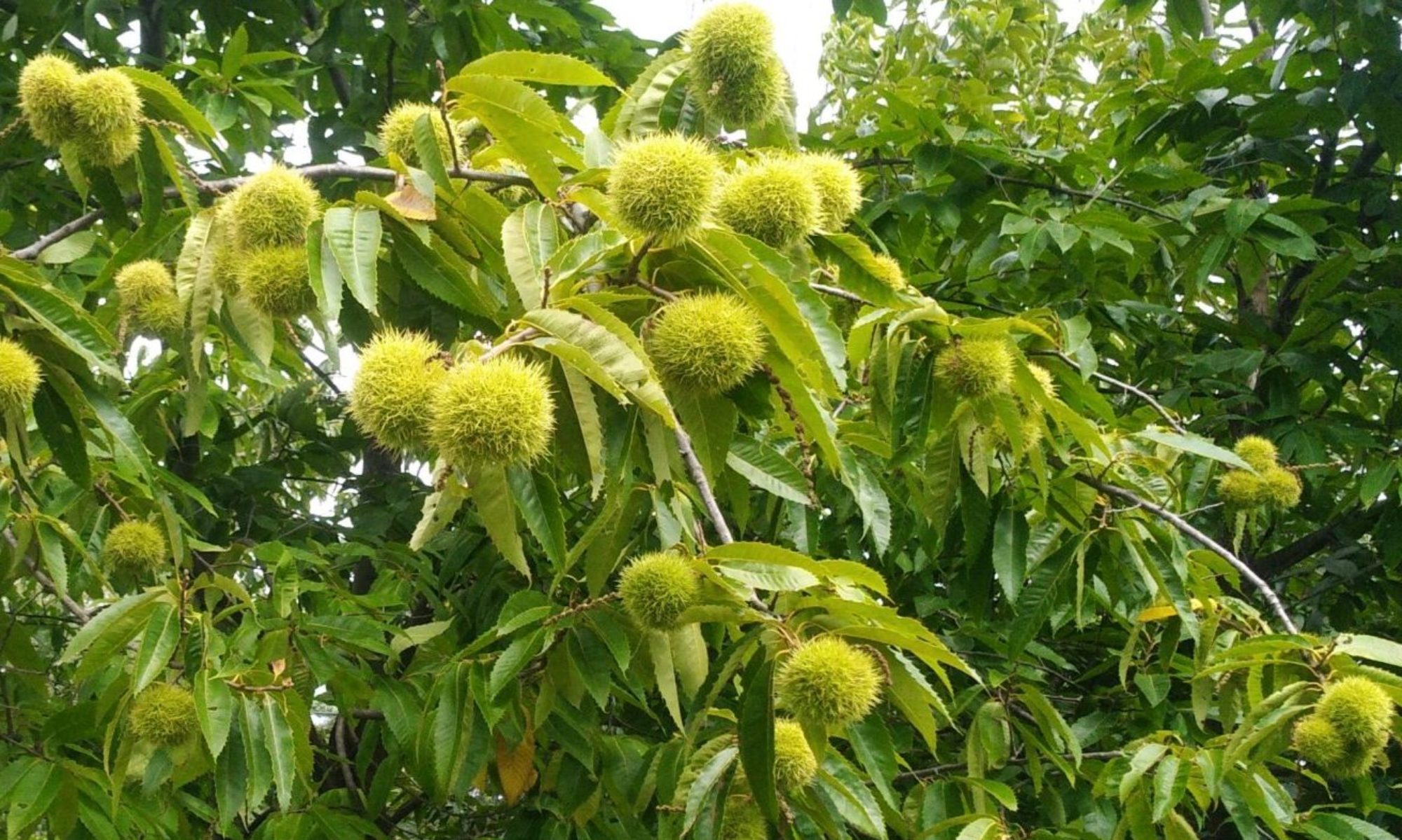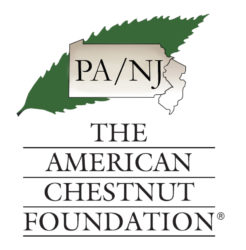There are several traditional breeding steps that must be taken with any traditional breeding program, almost all of which are resource intensive. Note that TACF needs volunteers to help in each of these steps! For more information on how you can volunteer your time, please visit our volunteer opportunities page.
Though the backcross breeding and regional adaptability program is the heart of TACFs work, no good breeding program should depend solely on one method or material creation. As such, there are several different lines of research and breeding strategies that are being performed, such as the Multiple Sources of Resistance/ Cytoplasmic Male Sterility program (MSR/CMS) as well as recurrent selection without backcrossing.
TACFs original founder, Dr. Burnham, suggested that a minimum of six-generations would be needed to create a blight-resistant American chestnut. But breeding is not the only phase of restoration, and TACF cannot stop at the first sixth-generation material created (see Figure (restoration triangle)). Insert figure of restoration triangle
Some breeding lines will likely be better than others, and TACF still has many years of breeding lines in the background being readied for testing. Future lines of breeding will always look to improve on what has already been created.
As such, one can think of TACF’s breeding program as analogous to software development. The first lines won’t have all the bells and whistles of Windows 7, or OS X, for those w/ a Mac. This will be version 1, maybe akin to Windows 95 or Mac OS 6. The material created will continually be improved with each subsequent line that is released and/or included in the breeding process.
In addition, restoration of a species is the goal. As such, we need as much diversity in our breeding program as possible. As TACF moves forward, it will be vital to incorporate more American chestnuts, more Chinese and Japanese chestnuts, and different types of breeding strategies that will help create a self-sustaining American chestnut population for many generations to come.
The backcross breeding program is well into the fifth-generation. A few sixth-generation seed have been produced, but are in very limited supply and are only being distributed to TACF members, select cooperators, and the United States Forest Service
More seed will continue to trickle in through the next few years, and we should start having seed for small-scale distribution (cooperators, members, partnering organizations, etc.) in about 5 years. As long as this material passes extensive testing, wide-scale distribution of material should follow in about 10-15 years. Luckily, should that material not pass testing, the other breeding programs should follow closely behind, yielding only a slight increase of time before wide-scale distribution of blight-resistant American chestnuts can occur.

